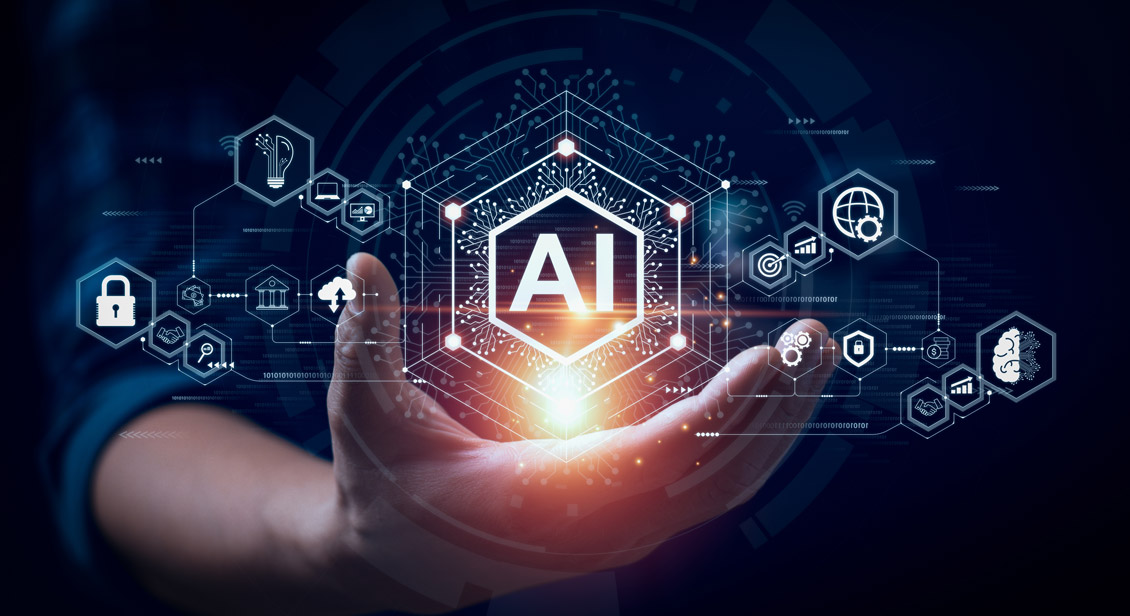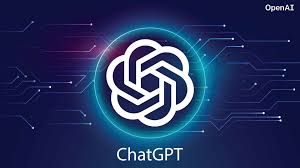🤖 What is AI? (Artificial Intelligence)

Artificial Intelligence (AI) is the simulation of human intelligence in machines that are programmed to think, learn, and make decisions. AI enables computers and systems to perform tasks that usually require human intelligence—like understanding language, recognizing images, solving problems, or even driving cars.
📚 Types of AI:
- Narrow AI – Specialized in one task (e.g., voice assistants like Siri, recommendation systems).
- General AI – Can perform any intellectual task a human can (still theoretical).
- Superintelligent AI – Hypothetical AI that surpasses human intelligence.
🔍 Simple Definition:
AI = Machines that can learn, reason, and make decisions like humans.
Benefits of AI
AI offers numerous benefits across various industries and applications. Some of the most commonly cited benefits include:
- Automation of repetitive tasks.
- More and faster insight from data.
- Enhanced decision-making.
- Fewer human errors.
- 24×7 availability.
- Reduced physical risks.
Artificial intelligence examples
Though the humanoid robots often associated with AI (think Star Trek: The Next Generation’s Data or Terminator’s T-800) don’t exist yet, you’ve likely interacted with machine learning-powered services or devices many times before.
At the simplest level, machine learning uses algorithms trained on data sets to create machine learning models that allow computer systems to perform tasks like making song recommendations, identifying the fastest way to travel to a destination, or translating text from one language to another. Some of the most common examples of AI in use today include:

ChatGPT
Uses large language models (LLMs) to generate text in response to questions or comments posed to it.

Google Translator
Uses deep learning algorithms to translate text from one language to another.

Netflix
Uses machine learning algorithms to create personalized recommendation engines for users based on their previous viewing history.

Tesla
Uses computer vision to power self-driving features on their cars.